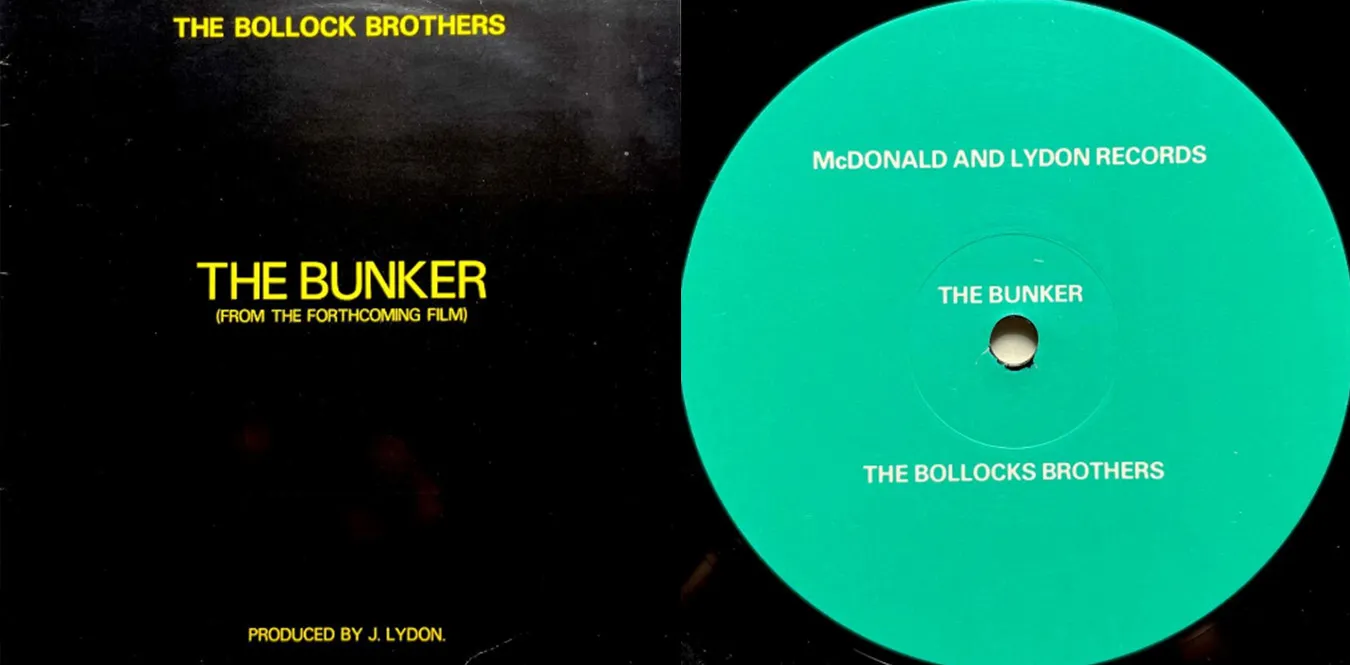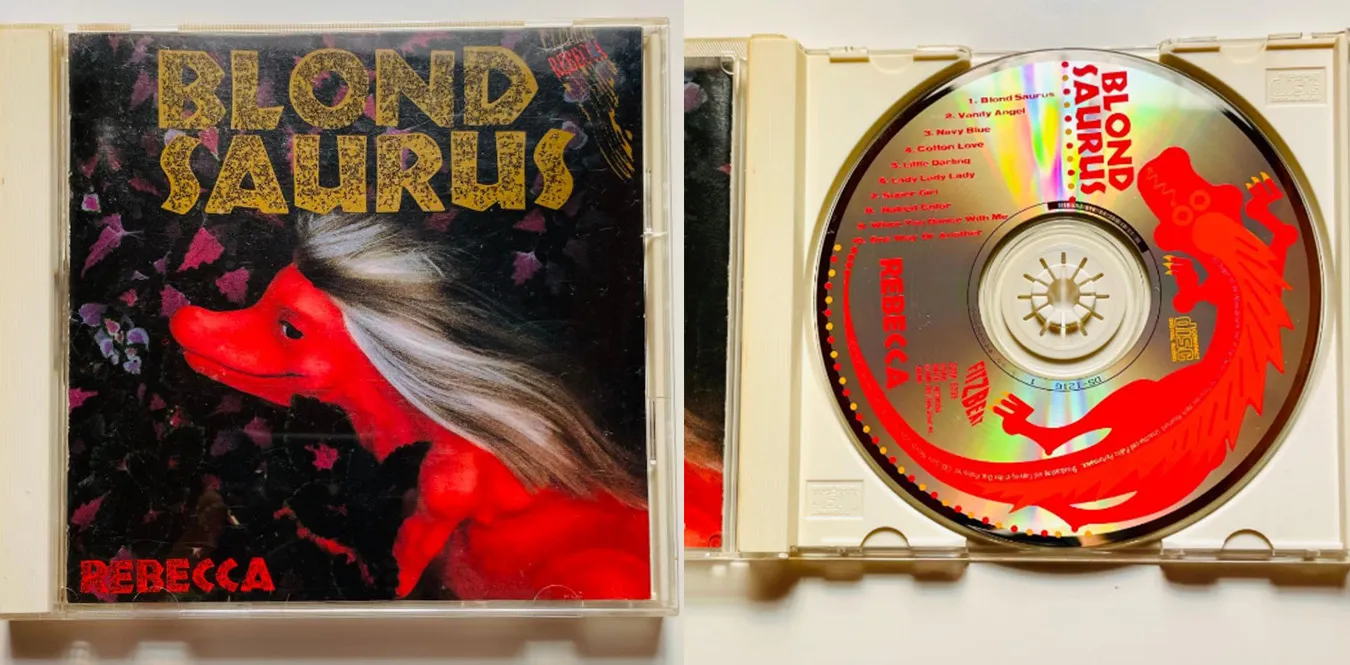[Column] From Joy Division to New Order: The evolution of Manchester sound
Column en 70s 80s Post Punk Rock![[Column] From Joy Division to New Order: The evolution of Manchester sound](/../assets/images/column-joy-division-new-order.webp)
Prologue: From Silence to a Sea of Electronics — Manchester Dawn
| Text: mmr | Theme: From Joy Division to New Order - A story of the transformation and rebirth of sound, from darkness to light, from solitude to the dance floor. |
In the late 1970s, the industrial city of Manchester was in the midst of devastation and stagnation. Rising unemployment, social unrest, and gray skies. Among them, Joy Division turned the despair of young people into sound with their inorganic beats and cold poetry. Ian Curtis’s voice resonated as a symbol of the pain and loneliness of the times, opening the door to a new era of post-punk.
However, Curtis’ death in 1980 brought that story to an abrupt end. The remaining members choose rebirth from their sadness and step into the future of electronic music. The birth of New Order was the beginning of a new chapter in the Manchester sound that had evolved beyond tragedy.
Chapter 1: Shadows of Manchester
“Post-punk embryonic movement” At the end of the 1970s, Britain was in the midst of economic recession and industrial decline, and youth culture developed independently in urban areas. Manchester was no exception, and under the factory smoke and gray skies, music existed as a medium to express despair and hope at the same time.
“Dawn of band formation” In 1976, Bernard Sumner, Peter Hook, and Stephen Morris met and formed Joy Division. The early members connected through school and the local punk scene, and at first they played cover songs, but eventually evolved into original songs that reflected their sense of isolation and the gloom of the city.
“Thread of influence” Kraftrock from Kraftwerk and Neu!, the cold, hard sounds of the Velvet Underground, and the avant-garde elements of David Bowie and Roxy Music formed the foundation of Joy Division’s early sound.
Chapter 2: Despair of Sound—The World of Joy Division
“Internal Sound” Ian Curtis” lyrics depict self-alienation, social anxiety, and inner darkness. Songs such as ““Transmission” and ““She”s Lost Control” are masterpieces that overlap the loneliness of the individual with the inorganic nature of the city.
“Production Innovation” Producer Martin Hannett used recording techniques to pursue a spatial sound that was different from traditional rock music. The reverb on the drums and the three-dimensional placement of the bass were important elements that created the coldness and tension of Joy Division’s sound.
“The magic of live performance” Joy Division’s early live shows, with their dim lighting and Curtis’ unique dance moves, overwhelmed the audience. The stage performance, which became legendary among a limited audience, had a great influence on the later new wave/post-punk generation.
Purchase on Amazon → Unknown Pleasures
Chapter 3: Individuality and Destiny—Ian Curtis’ Conflict
“Darkness in the depths of the heart” Curtis, who suffered from epilepsy and depression, spends his days torn between self-expression and his illness. While his symptoms affected his live performances, they also became a factor in deepening his musicality.
“Love and Solitude” Balancing married life and band activities was extremely difficult. His relationship with his wife Debbie and his secret relationship with his mistress also overlap, amplifying the reality of the loneliness that pervades the lyrics.
“The Last Night” On May 18, 1979, Ian Curtis died at his home in Manchester. The tragedy shocked the band members and fans, and cast a deep shadow on music history.
Purchase on Amazon → Closer
Chapter 4: Rebuilding the Legacy—Transforming into a New Order
“Those left behind” After Curtis’ death, the remaining members did not disband the band and instead sought a new direction. With Bernard Sumner on vocals, a more electronic and danceable musicality emerges.
“Fusion of synth and dance” In addition to guitar and bass, he actively introduced synthesizers and drum machines. This created a club sound and established New Order’s identity.
“First Hit” In 1983, the 12-inch single “Blue Monday” was released and became a hit all over the world. It is a symbolic work that bridges club culture and commercial music.
Purchase on Amazon → Power Corruption & Lies
Chapter 5: The heart of the Manchester scene
“Factory Record Challenge” Founded by Tony Wilson, the label values musical freedom and aesthetics. Pursuing the fusion of design and music, he and his band led the Manchester sound until the label collapsed.
“Interaction between club culture and bands” Haçienda will be the setting for New Order”s DJ sets, and the band”s music will be inextricably linked to the dance floor. A two-way relationship with the local community was created.
“Musical individuality created by regional characteristics” Manchester’s gray, industrial environment was fertile ground for a cold yet lyrical musical style. The relationship between cities and music had a great influence on later generations of artists.
Purchase on Amazon → Movement
Chapter 6: The Musical Evolution of New Order
“Experiment by album” With songs such as “Power, Corruption & Lies,” “Low-Life,” and “Technique,” they further deepened their fusion of rock, synth, and dance. They experimented with different production techniques on each album, increasing their reception in clubs and on the radio.
“Fusion of video/design and sound” The artwork by Peter Saville connects music and visuals and establishes New Order”s brand identity. The design became an important element that symbolically expressed the album”s content.
“Cooperation and friction between members” The division of roles and clashing opinions between Sumner, Hook, Morris, and Gillian Gilbert create tension within the band as the music evolves. Friction also became a driving force for creativity.
Purchase on Amazon → Technique
Chapter 7: From Tragedy to Hope—Story of Music and Humanity
“Joy Division Influence” Joy Division’s influence can be seen in many genres, including post-punk, gothic, and electronica. In particular, the method of expressing loneliness and urban coldness through music was inherited by many subsequent bands.
“The Universality of New Order” It became a hit all over the world in clubs and on the radio. Music came to be consumed as part of dance and daily life, blurring the line between pop and underground.
“Never Ending Journey” Despite disbanding and reforming, Joy Division’s legacy lives on through New Order. Music and human stories become a mirror that reflects the shadows and hopes of a city.
Purchase on Amazon → Still
Chapter 8 (extra edition): Anecdotes, people, equipment, inside stories
“Unreleased sound sources and rare tracks” The BBC sessions and demo recordings include many famous songs that were not later made into albums. Excavation by fans continues even now.
“Live Improvisation and Accidents” Equipment troubles and improvised arrangements during live performances also strengthen the band’s expressive power. Their legendary live performance has become a topic of conversation among fans.
“Changes in equipment and recording technology” From Martin Hannett’s production techniques to the introduction of synthesizers and drum machines, equipment choices were closely tied to changes in musicality.
Purchase on Amazon → Retro
Final chapter: Light born from the gray city
The transition from Joy Division to New Order is not just a story of band changes. It is a microcosm of the history of music at the end of the 20th century: “rebuilding despair and turning it into light”.
Ian Curtis’ poems of loneliness and destruction echo through the gray industrial areas of Manchester. Out of that afterglow came New Order’s flickering electronic beats. In other words, it was within Joy Division’s silence that the rhythm of New Order was sprouting.
The city of Manchester was a place for young people to find expression in the midst of economic devastation. Music recorded the emotions of the times more honestly than politics or religion. What supported that sound was a strange fusion of temperature, where technology envelopes human pain. Martin Hannett”s reverberation, Peter Saville”s design, Haçienda’s lighting and architecture—— All of these things came together to form a cultural area called the Manchester Sound.
Joy Division’s sound is a mirror that looks into the night, The sounds of New Order were a beacon to dance through the night. Their trajectory is described as ““a beat of hope that can only be played by those who have overcome tragedy.’’ It still resonates in countless artists and club floors.
Amidst the Spotify playlist and the spinning sound of analog discs, Joy Division and New Order still coexist. The moment when past and future, solitude and joy, analog and digital intersect, Even now, the city of Manchester continues to shine a pale light amidst the greyness.
“Love Will Tear Us Apart” — And the sounds connect again.


![[Column] Tatsuro Yamashita: Analog aesthetics and changes in sound after transition to digital](/../assets/images/column-yamashita-tatsuro.webp)
![[Column] Kronos Quartet: The trajectory of a string quartet that continues to innovate and take on challenges](/../assets/images/column-kronos-quartet.webp)
![[Column] Penguin Cafe Orchestra - An imaginary paradise that resonates between ambient and folklore](/../assets/images/column-penguin-cafe-orchestra.webp)
![[Column] New Age Steppers: The revolution of an action label that reconnected the strata of post-punk and dub](/../assets/images/column-new-age-steppers.webp)
![[Column] Parliament / Funkadelic: The whole story of the P-Funk revolution - deciphering space myths, groove techniques, and cultural heritage](/../assets/images/column-parliament-funkadelic.webp)
![[Column] Toots and the Maytals — The soul of reggae etched by live performances](/../assets/images/column-toots-and-the-maytals-live-history.webp)

![[Column] Marvin Gaye: Between Love and Pain - Salvation and Destruction as Seen by the God of Souls](/../assets/images/column-marvin-gaye.webp)
![[Column] Mobile Suit Gundam and the universe of music - Mobile suits as a symphony](/../assets/images/column-gundam.webp)
![[Column] The Pop Group - The rebellious sound and historical background born in Bristol](/../assets/images/column-popgroup.webp)
![[Column] Ambient: From](/../assets/images/column-ambient2.webp)